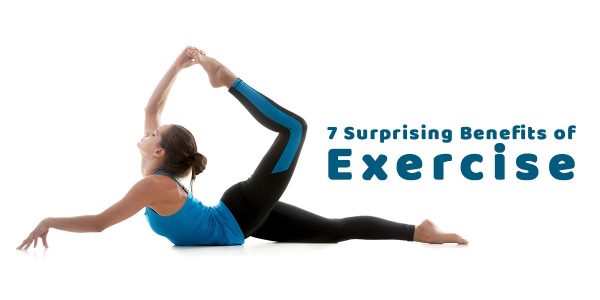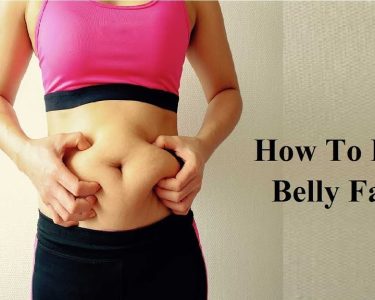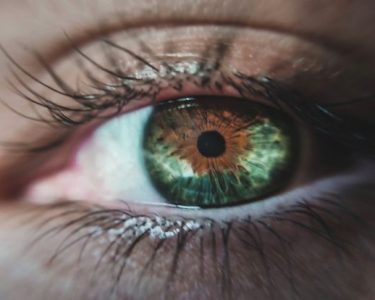That’s bad news, but new research indicates that there are numerous compelling reasons to begin moving at any age, even if you’re sick or pregnant. Scientists are discovering that exercise is, in fact, medicine. Claude Bouchard, director of the human genomics laboratory at Pennington Biomedical Research Center in Louisiana, states, “There is no drug that comes near to what exercise can do.” “And even if there was, it would be prohibitively expensive.”
For more information, read the entire tale, but here are some of the incredible things that may happen to a moving body.
1. Exercise is great for your brain.
It has been associated to reduced sadness, improved memory, and faster learning. Exercise appears to be the best approach to prevent or delay the beginning of Alzheimer’s disease, which is a big concern for many Americans.
Scientists aren’t sure why exercise alters the structure and function of the brain, but it’s a hot topic of study. Thanks to the protein BDNF, they’ve discovered that exercise boosts blood flow to the brain, feeding the formation of new blood vessels and even new brain cells (brain-derived neurotrophic factor). BDNF promotes the creation of new neurons and aids in the repair and protection of brain cells. According to recent study, it may also help people focus.
2. You might get happier.
Numerous studies have shown that various forms of exercise, ranging from walking to cycling, improve people’s moods and can even alleviate depressive symptoms. Serotonin, norepinephrine, endorphins, and dopamine are brain chemicals that decrease pain, brighten mood, and relieve tension when you exercise. “For years, we’ve been almost entirely focused on the physical advantages of exercise, ignoring the psychological and emotional benefits of being physically active on a regular basis,” says Cedric Bryant, chief science officer of the American Council on Exercise.
3. It might make you age slower.
Exercise has been demonstrated to increase life expectancy by up to five years. According to a modest new study, moderate-intensity exercise may help cells age more slowly. Humans’ telomeres—the protective caps on the ends of chromosomes—get shorter as they age and their cells divide repeatedly. Researchers took a muscle biopsy and blood samples from 10 healthy adults before and after a 45-minute ride on a stationary bicycle to determine how exercise impacts telomeres. Exercise raised levels of a chemical that protects telomeres, reducing the rate at which they shorten over time, according to the researchers. As a result, exercise appears to halt the ageing process at the cellular level.
4. It’ll make your skin look better.
Aerobic exercise increases blood flow to the skin, supplying oxygen and nutrients that aid skin health and wound healing. “That’s why, when patients have injuries, they should get exercising as soon as possible—not only to keep the muscle from atrophying, but also to keep the blood flowing to the skin,” Anthony Hackney, an exercise physiologist at the University of North Carolina at Chapel Hill, explains. If you exercise for long enough, your skin will develop more blood vessels and microscopic capillaries.
The skin also acts as a heat release point. (For further information, see “Why Does My Face Turn Red When I Exercise?”) When you exercise, your muscles produce a lot of heat, which you must release into the environment to keep your body temperature from rising too high, according to Hackney. The heat in the muscle is transferred to the blood, which then transports it to the skin, where it can be expelled into the atmosphere.
5. Amazing things can happen in just a few minutes.
According to new studies, it doesn’t take much activity to reap the benefits. “The topic of ‘How low can you go?’ has piqued our interest.” Martin Gibala, a professor of exercise physiology at McMaster University in Ontario, agrees. He wanted to see how successful a 10-minute workout was compared to a traditional 50-minute workout. Three rigorous 20-second bursts of all-out, as-hard-as-you-can exertion are followed by brief recoveries in his micro-workout. He compared the brief workout to the usual programme over the course of three months to discover which was superior. Even though one workout was five times longer than the other, the workouts resulted in identical improvements in heart function and blood sugar control. “You can get away with remarkably little exercise if you’re willing and able to push hard,” Gibala says. (Read here for more information on the 1-minute workout.)
6. It can help you recover from a major illness.
Even really rigorous exercise, such as the interval sessions Gibala is researching, can be beneficial to persons with a variety of chronic illnesses, ranging from Type 2 diabetes to heart failure. That’s fresh thinking, because people with certain conditions have been urged not to exercise for decades. Scientists now know that a much larger number of people can and should exercise. Exercise was even more helpful than medication in helping patients recover from strokes, according to a comprehensive analysis of more than 300 randomised trials.
Since the early 1990s, Dr. Robert Sallis, a family physician at Kaiser Permanente Fontana Medical Center in California, has recommended exercise to his patients in the hopes of reducing drug use. “It performed remarkably well, especially in my sickest patients,” he says. “I would see tremendous changes in their chronic condition, not to mention all of these other things like sadness, anxiety, mood, and energy levels, if I could just get them to do it on a daily basis—even just walking, anything that brought their heart rate up a little bit.”
7. Your fat cells will shrink.
Carbohydrates and lipids are both used as energy sources by the body. However, persistent aerobic exercise training improves the body’s ability to burn fat, which requires a large amount of oxygen to convert to energy. “One of the benefits of exercise training is that it strengthens and improves our circulatory system’s ability to supply oxygen, allowing us to metabolise more fat as an energy source,” Hackney adds. As a result, your fat cells, which create the chemicals that cause persistent low-grade inflammation, shrink, and inflammation decreases.




